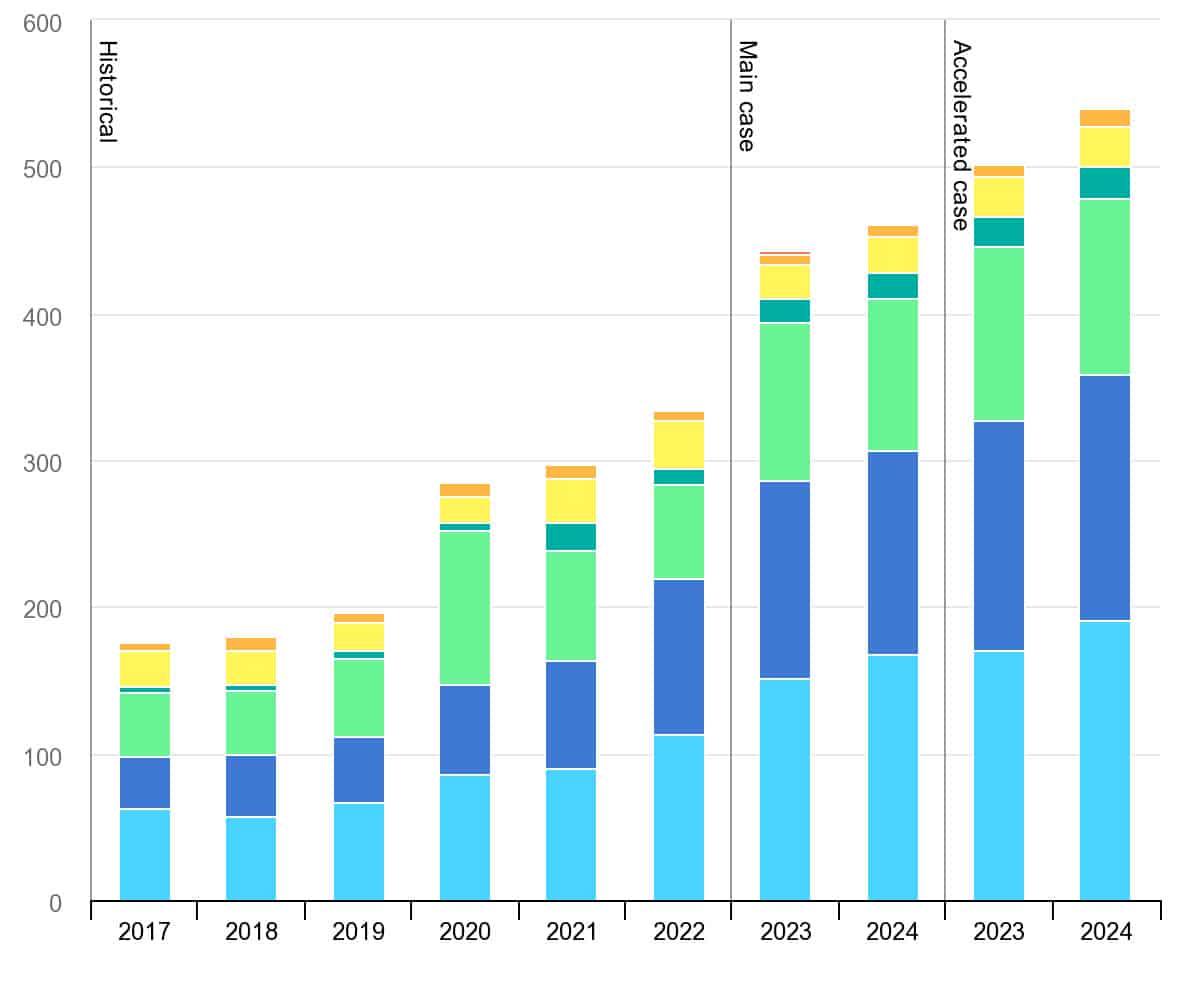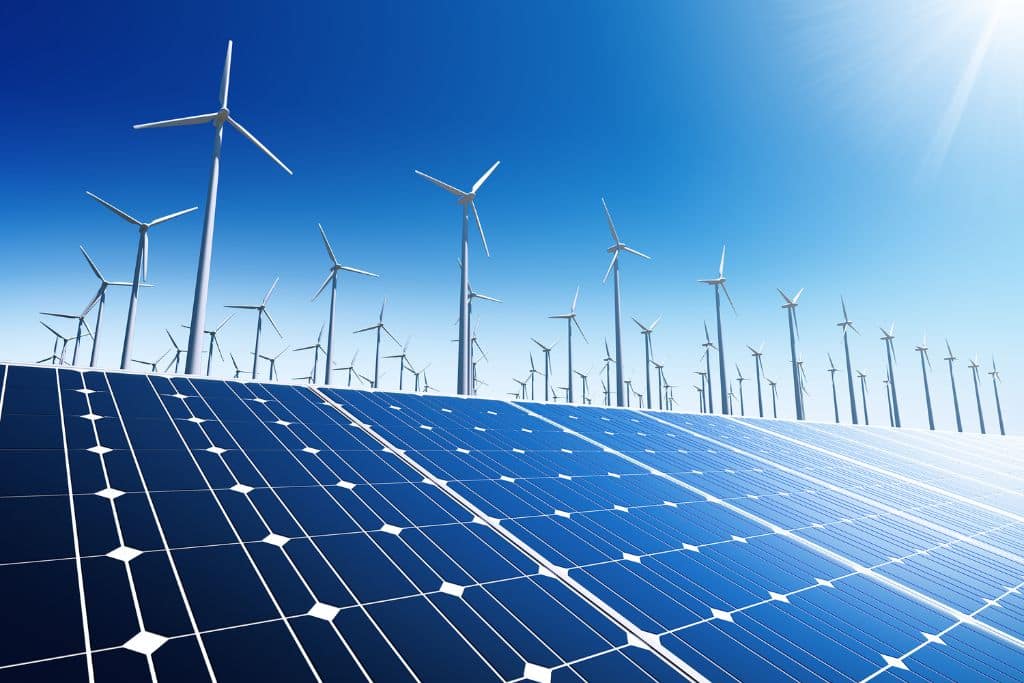Renewable energy seems to be the best alternative and sustainable solution to address energy security issues in novel ways and meet the growing energy demands globally in the future.
—
As we look at the diversity of life forms around us, do we ever acknowledge that there is only one planet, Earth, to sustain them? One planet is enough to satisfy food and home needs for all organisms if the resources are used judiciously.
Human beings, being the most cognitively evolved, have ingeniously utilised all natural resources in a variety of ways to meet the demands posed by their ever-growing population. In this process, we are inadvertently reducing the fundamental niche of other forms. Currently, global ecological footprints are at 1.75, meaning that the world population needs 1.75 Earths to sustain itself.
Anthropogenic activities have put immense pressure on natural resources and have exacerbated environmental issues such as biodiversity loss, habitat degradation, and climate change. These challenges pivot around the generation and usage of energy globally. Harnessing renewable resources to produce green energy provides answers for creating innovative solutions to these core environmental challenges.
The future of energy lies in the implementation of renewable resources, primarily, wind, sunlight, water, and geothermal. Combined global efforts in the intelligent application of these natural resources can help planet Earth remain green. They can efficiently seal the gap by reducing energy deficits and fulfilling the growing demands.
The Future of Renewable Energy
According to World Energy Outlook 2022, a flagship publication on analysis and projections by the International Energy Agency (IEA), we are in the middle of the first global energy crisis. 90% of the increased global pressure on electricity prices is due to high gas, oil, and coal prices. The global energy shock makes us realise that this weak energy system, which relies heavily on non-renewable resources, is unsustainable.
According to the IEA, this energy crisis has stimulated the installation and usage of solar photovoltaic cells and wind energy in 2022, which will continue to grow in the coming few years. These renewables are crucial to cutting down on pollution, generating clean energy, and addressing energy security issues. Moreover, the energy created will be cheaper and more affordable. Tapping the huge potential of solar, wind, and hydropower can accelerate the energy economy.
A shift in investment in clean energy over fossil fuels has been observed, as per a report by the IEA, with the projection of clean energy almost doubling in 2023.

Global energy investment in clean energy and fossil fuels, 2015-2023. Image by IEA.
You might also like: Renewables Will Dominate World’s Electricity Demand Through 2025, IEA Report Says
According to another IEA report, the energy crisis sparked by the Russia-Ukraine war has already steered the renewable capacity to be upped by 40% in Europe by 2024. Increased policy support and affordable installation in Germany, Italy, and the Netherlands have made small-scale rooftop solar photovoltaics (PV) more lucrative. Globally, approximately 100 million households will rely on rooftop solar PV by 2030.
Hydropower has been used on a small scale since time immemorial in flour mills. Fast-running water, ocean waves, and tides can be leveraged to create energy from water. Water energy contributed to one-sixth of electricity globally in 2020. Though hydropower is the largest renewable source for generating energy, it decreased by 0.4% in 2021 due to intermittent droughts in rich hydropower countries such as Brazil, the United States, Turkey, China, India, and Canada, according to the IEA.
Wind can be harnessed by using turbines in windmills to generate energy. It is the second-largest renewable source of energy. Electricity production from wind grew by a record 273 TWh in 2021 (up by 17%), says the IEA, making the growth rate 55% higher if compared with 2020. The leading contributors to wind generation growth in 2021 were China (70%), the United States (14%), and Brazil (7%).
Geothermal power plants release heat that generates inside the Earth’s core to produce energy. This energy can be used for generating electricity or for direct usage through heat pumps. According to the IEA’s 2021 Annual Report, electricity generation has been overtaken by the direct use of geothermal energy globally. With over 25% of the world’s total online capacity, the US remained at the top globally in installed geothermal capacity.
Supporting policies for green energy across nations is an impetus for gaining energy independence and boosting the economy. The economic assistance plan for growth is promising. Approximately US$108 billion earmarked for clean energy and $470 billion in energy-related stimulus packages by individual countries are estimated to be invested.

Net renewable electricity capacity additions by technology, 2017-2024. Image: IEA.
The IEA also predicts that the implementation of solar PV and wind power will increase significantly this year due to an increase in policy momentum, fossil fuel prices, and concerns about energy security. The growth is expected to match the combined power output of China and the United States, with the total global capacity for renewable electricity reaching 4,500 GW.
Renewable energy sources are omnipresent. They can be harnessed easily by using appropriate technology. It is imperative to deploy renewable energy resources and enhance green energy generation capacity to tackle climate change and meet net zero emissions. Green energy is not only eco-friendly but also affordable and generates employment. It will revolutionise sustainable energy systems.
You might also like: Renewables Will Dominate World’s Electricity Demand Through 2025, IEA Report Says


















